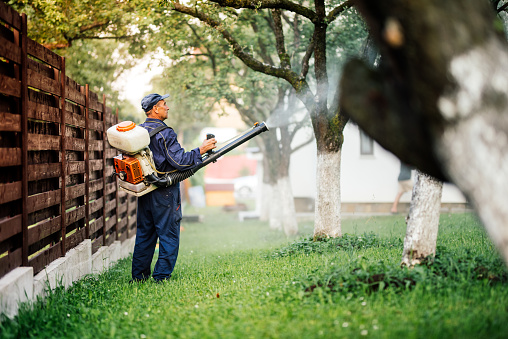Pruning conifers during the dormant season minimize sap and resin flow, but they can be pruned at any time. tree pruning Sydney with conspicuous flowers must also be done during the dormant season to identify structure, optimize wound closure, prevent disease, and prevent excessive sap flow.
Pruning of shrubs:
Flowering shrubs also need to be pruned during the dormant season for the reasons mentioned above, but some may need to be pruned at other times. Trees and shrubs that bloom in early spring, such as dogwood and redbud, need to be pruned immediately after flowering.
Many flowering trees are susceptible to fire blight, a bacterial disease that can be spread by pruning. These trees, such as ornamental apple, pear, hawthorn varieties, mountain ash, pyracantha, and flowering quince, must be pruned during the dormant season. Those that bloom in summer or fall should also be pruned during the dormant season. Dead branches, on the other hand, can be removed at any time.
PRV Tree Service: Best in Central Texas for Tree Related Services.
Pruning of fruit trees:
Fruit trees do not develop into the proper shape and form without pruning or education. Properly pruned and educated fruit trees produce high-quality fruit sooner and have a longer life span. The goal of pruning and education is to develop a strong tree structure capable of bearing a large crop of fruit. If fruit trees are not properly trained, the angle of the branches will be much too upright and may cause breakage during a heavy harvest. This will reduce the productivity of the tree and shorten its life. Another aspect of annual pruning and education is the removal of all diseased, broken, and dead branches.
Proper tree training opens up the tree canopy and allows maximum light penetration. Most of the fruits of a deciduous tree are formed as flower buds the year before. Light penetration is essential for bud development and for optimal fruit set, flavor, and quality. Even if a mature fruit tree does well in full sun, a dense canopy prevents sufficient sunlight from reaching the interior of the tree. Opening the canopy allows adequate air movement to speed drying, minimize infection, and allow pesticide penetration. A perfectly shaped fruit tree can be a beautiful addition to a garden or landscaping.
Method of pruning trees:
In the past, pruning was always the method used to shape and structure fruit trees. Tree pruning is a desirable and effective method of improving structure and shape. Pruning simply removes parts of the tree that correct the structure; the nurturing method is a more recent application that determines the direction of growth to a desired shape and form.
Educating a fruit tree is important for its proper development. It is always better to train the direction of growth than to prune to correct it. Pruning is usually done in winter, while training and pruning is done in summer and pruning is done during dormancy. The purpose of educating is to correct a tree’s growth and minimize pruning.
Difference between summer pruning and dormant pruning:
Trees respond differently to summer pruning and dormant pruning. In the fall, the tree’s energy is stored in the root and trunk system to support the upper portion. If a large portion of the tree is removed during dormancy, the tree’s energy will not be altered. In the spring, the tree responds by producing many upright, vigorous shoots, called water shoots, which shade the tree and prevent it from developing well. Heavy pruning during dormancy causes the same problem.

